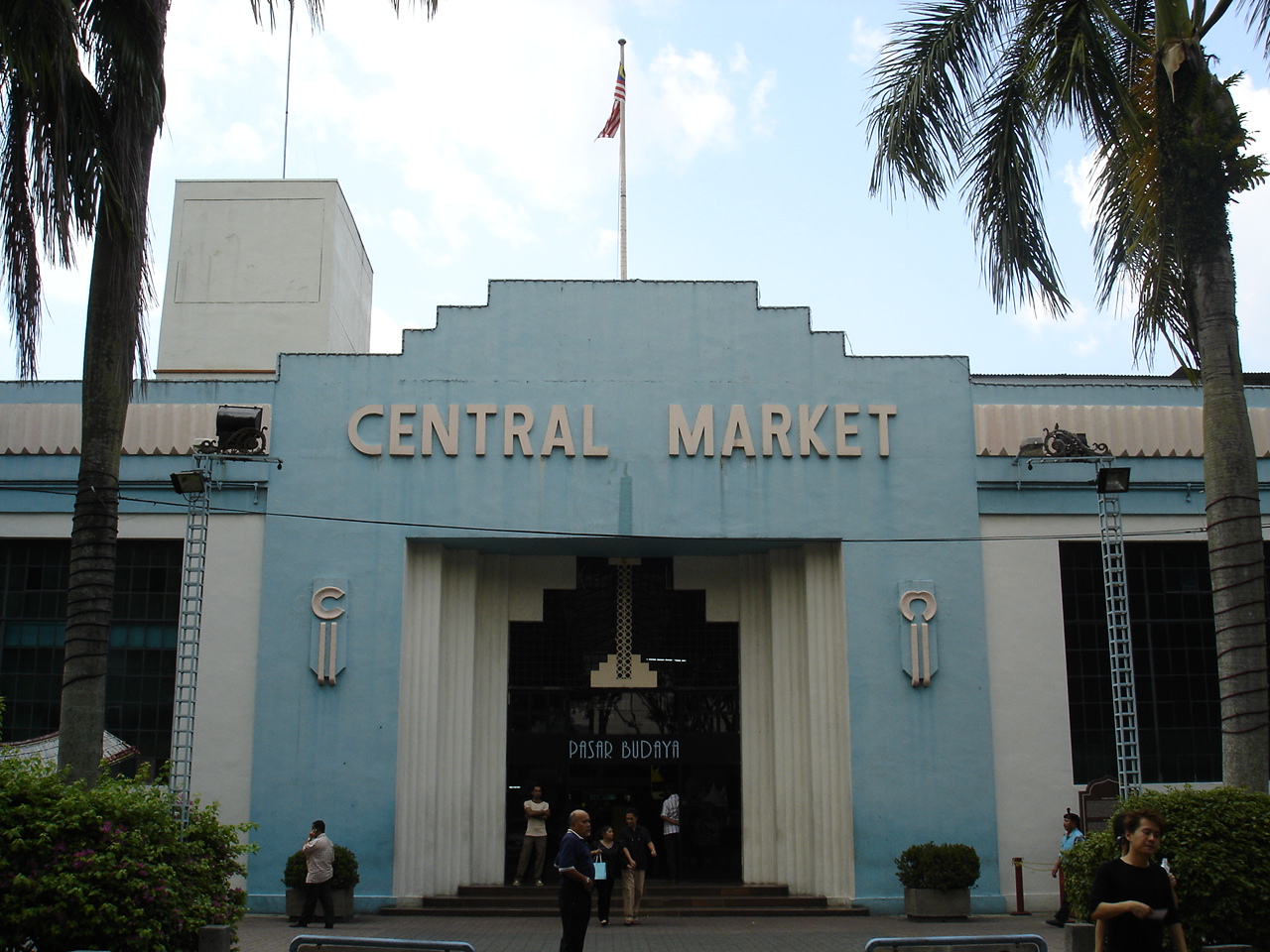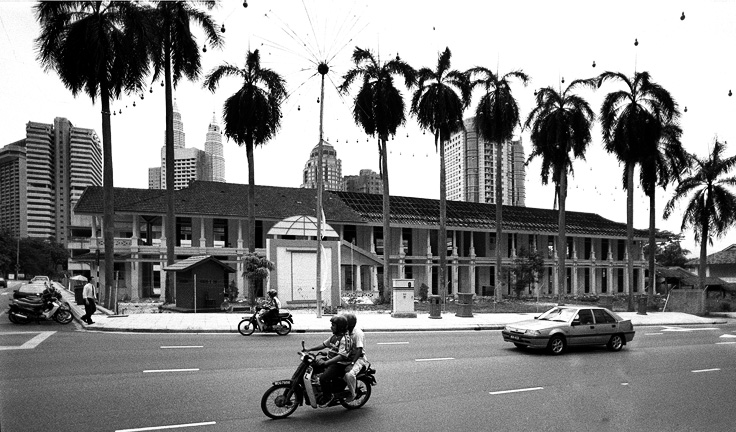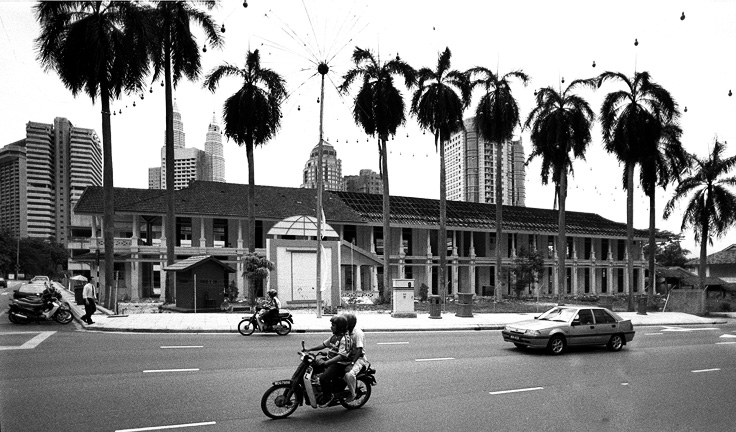The redevelopment plan for the site of the Vivekananda Ashram raised many questions on how Malaysia manages its heritage, celebrates historical significance and supports conservation. We took a look at how the country has lost and saved some of its history.

(Photo credit: Hasnoor Hussain/TMI)
Soonstead Mansion: Saved
Online petitions and public calls to stop the demolition of this 100-year-old mansion saved this beautiful building from being replaced with an 11-storey hotel in Penang.
The Soonstead Mansion was originally called the Northam Lodge. Designed by James Stark in 1911, it was described by the Penang Heritage Trust as the state’s leading castle mansion, setting the fashion standards for the city’s grand houses. The building was constructed for rubber and sugar planter Heah Swee Lee. Located on the Millionaire’s Row, Soonstead Mansion looks out to the sea and was emulated by Lim Lean Teng’s Woodville on Northam Road, and the house for Choong Lye Hock on Macalister Road that was designed by Chew Eng Eam.
PHOTO FEATURE: Outside its locked gates, a daily assembly to save Vivekananda Ashram
READ: How one man’s legacy stood the test of time for 110 years
Had the development gone through, the mansion would have been replaced with a 108-room hotel, making a ‘mockery of George Town’s status and responsibilities as a UNESCO World Heritage Site,’ wrote the trust in an online petition site.
Penang’s George Town is one of the two cities in Malaysia with UNESCO World Heritage Status, having witnessed many restoration efforts to preserve its rich heritage. Some of the more well-known structures are the Cheong Fatt Tze Mansion and Suffolk House, both main attractions for local and international tourists.
 (Photo credit: Wikipedia)
(Photo credit: Wikipedia)
Central Market: Saved
We are fond of this Art Deco building as a place that preserves art, exhibits and colourful pieces of Malaysia’s rich heritage and culture; a space that Malaysians are proud to show off to local and foreign travellers.
But the 1936 building almost didn’t survive as the economic boom in the 1970s threatened its existence. There had been a plan to take it down.
It started out as a wet market in 1888 – founded by the British – to cater to the needs of locals and miners working and living in Kuala Lumpur. The final structure, which is the building we see now, was completed in 1936. Demolition plans had been put in place when the city was constructing the expansion of the Daya Bumi building, another well-known landmark in KL.
In 1985, the space was then renovated, turning it into a cultural centre. With the involvement of architect Chen Voon Fee, one of the co-founders of conservationist group the National Heritage Trust, restoration works were done. Central Market is today classified as a Heritage Site by the Tourism Ministry.

(Photo credit: Majestic KL)
Majestic Hotel: Saved
This 1932 building began its life as a 51-room hotel, constructed by Loke Wan Tho, one of the 11 children of Loke Yew. Loke Yew was one of Kuala Lumpur’s famous Chinese-born business tycoons who struck it rich in the city, at a time when the mining business turned many immigrants into millionaires in Kuala Lumpur.
The Majestic Hotel suffered after failing to compete with the likes of Equatorial Hotel, Merlin and the Federal Hotel. It closed in 1984. It made way for a national art gallery then but subsequently the gallery was moved to Jalan Temerloh in another part of the city.
The YTL group, which intended to restore the hotel, agreed to construct the new gallery in exchange for refurbishing Hotel Majestic, at that time already gazetted as a heritage building. Only in 2008, approvals were received to develop the hotel. Today it stands tall, located close to two other historic landmarks – the former city railway station and railway headquarters – and has earned a place as one of the Leading Hotels of the World (LHW) luxury collection.
Other hotels in the list include Hotel le Bristol in Paris, Villa d’Este in Lake Como, Italy and the Ritz in London, as well as the Pierre in New York.

(Photo credit: www.greatmirror.com)
Loke Chow Kit’s House: Saved
If you travel on Jalan Kinabalu towards the Central Bank, you can take the a slip road on the left called Jalan Tangsi, to lead to one of Malaya’s wealthiest councillor’s home. This 1907 town house was constructed for Loke Chow Kit, and subsequently called Loke Hall. It was a building which saw a suite of offices based there to manage Chow Kit’s mining businesses. Designed by an Anglo-Indian architect A.K Musdeen, the mansion became Empire Hotel in 1909 and then Peninsula Hotel ten years later. The design consisted of heavy load bearing masonry but was adapted for the tropics, while a significant degree of Chinese artisan craftsmanship was reflected in the structure.
The neo-classical styled building was taken over by the Malaysian Architects’ Association in the 1980s as their headquarters. A champion of preserving heritage, the association itself ironically received a notice by the Loke estate to vacate the premise, as the building was then sold to a private company for redevelopment.
That drew an intense public backlash, resulting in City Hall, then led by Mayor Elyas Omar to acquire the building to preserve it. Based on the 1984 Kuala Lumpur Structure Plan, developers could transfer their development rights to other sites to allow conservation of buildings deemed to have architectural or historical significance.

(Photo credit http://bbgs.com.my/)
Bukit Bintang Girls School: Demolished
As Kuala Lumpur promotes itself as a shopping hub of this region, few may remember that the site of high-end shopping mall, Pavilion, was once the grounds on which Malaysia’s historic 19th century girls school was built.
The Bukit Bintang Girls’ School or BBGS as it was commonly known, opened in 1893 and was the former Chinese Girls’ School at its original location in Brickfields. The school earned its BBGS acronym when it moved to the Bukit Bintang Raod in 1930. BBGS was founded by missionary Betty Langlands, who wanted to offer the opportunity for girls to learn how to read in 1893.
In a message from ex-principal Mary Glasgow during BBGS’ 90th anniversary, she wrote that back in the 1930s, pupils were rather shy and were accompanied to and from school, often by rickshaw. She had written that, “Many parents preferred to keep their daughters at home. So numbers were small. However time marches on and after the war there was tremendous pressure to get girls admitted.” After the second world war, the school was empty with no furniture as many Japanese soliders camping there used the tables and chairs as firewood.
The schools’ name was altered to SMK Seri Bintang Utara, and then moved to Cheras as the one of Malaysia’s first smart schools. Sadly for the existing BBGS building, it was torn down to make way for Pavilion KL.

(Photo credit: NCL Ubran Design Blog)
Bok House: Demolished
On Jalan Ampang, across Malaysia’s iconic Petronas Twin Towers, once stood the Bok House. This structure was in the centre of a heated debate on development and unfortunately, heritage lost to commercialism. The Bok House or better known as Le Coq d’Or was built in 1926 by Chua Cheng Bok, one of the founders of successful enterprise Cycle &Carriage. It took three years to construct this house, and 77 years later, it was torn down.
Contrary to saving the Loke Hall, City Hall demolished the Bok House following a study by the government, who found that the building was structurally unsound, despite opposition from Badan Warisan, the country’s Heritage Trust and many conservationists including architect Laurence Loh. Loh was instrumental in restoring Penang’s Cheong Fatt Tze Mansion.
Badan Warisan argued to save the building, pointing out that in the 1950s it became the popular Le Coq d’Or restaurant serving fine dining cuisine amidst architectural splendour and style, until it closed in 2001. Having been one of the last Chinese mansions left in the city, the trust had called for it to be conserved due to its authenticity that showed significant architectural, cultural, social and historical heritage values.

Pudu Jail: Demolished
Next to the site of Berjaya Times Square used to be a Chinese burial ground that was turned into a prison. Named after its area, Pudu Jail on Jalan Hang Tuah was built in 1891 using convicts for labour. The building consisted of a unique X-shaped main structure, and was designed by Public Works Department state engineer Charles Edwin Spooner. The first governor for the prison was Lt Col J. A. B. Ellen who ran the prison when it was completed in 1895.
This jail was a site of many incidences – the prison saw a cholera outbreak killing few hundred inmates as well as a hostage crisis. It was the only prison in the state at that time to jail men and women with short sentences, later housing criminals such as drug offenders, while administering rotan caning as one of its corporal punishments.
Not all is doom and gloom at Pudu Jail, as an inmate Khong Yen Chong in 1984 volunteered to paint an impressive mural of tropical scenes that earned a mention in the Guinness Book of Records as the longest mural in the world. Khong finished his sentence but not the mural, so he returned to complete the piece. The prison closed in 1996, and partly turned into a museum until 2009. Today, the prison walls have been reduced to rubble, with Urban Development Authority of Malaysia leading the plans to turn the site into a place for commercial and residential use, a hotel and a retail mall, which would be the same size as Suria KLCC at Petronas Twin Towers.





Reader Interactions